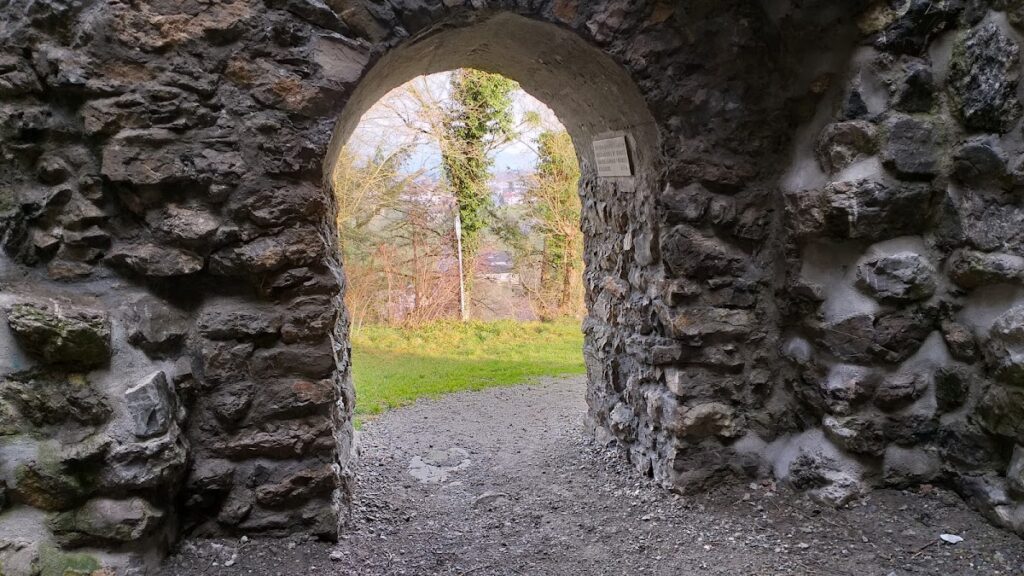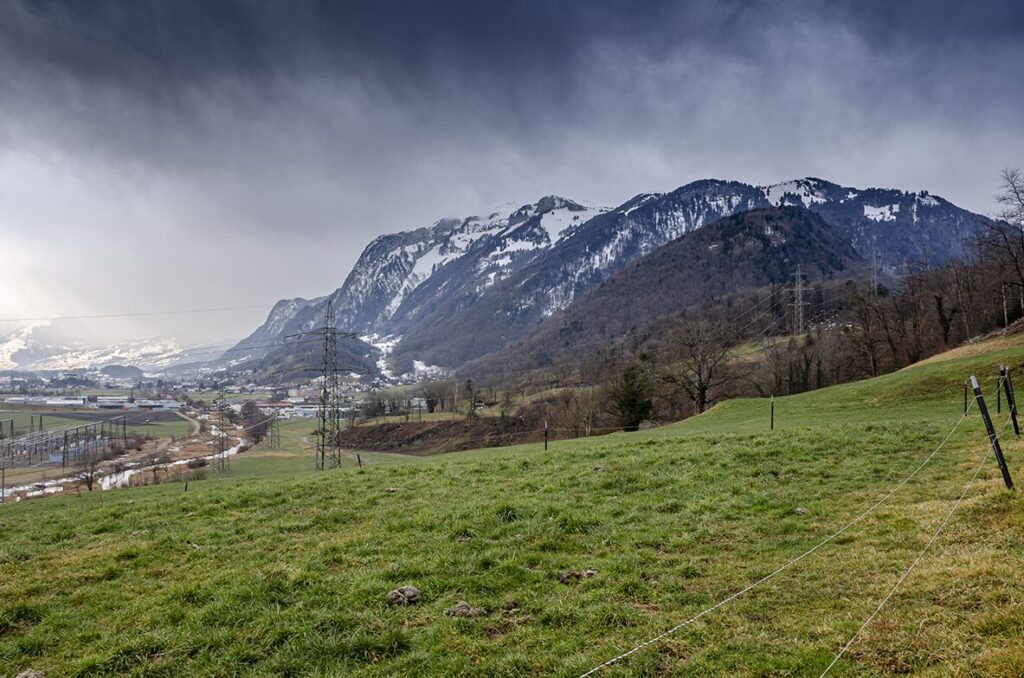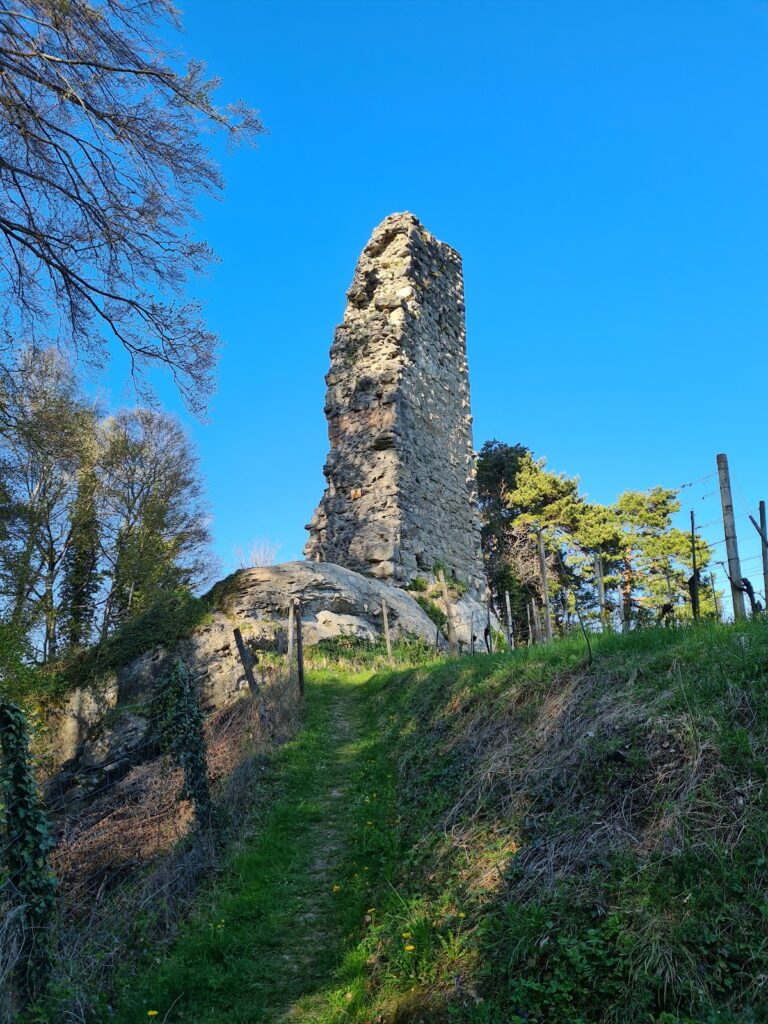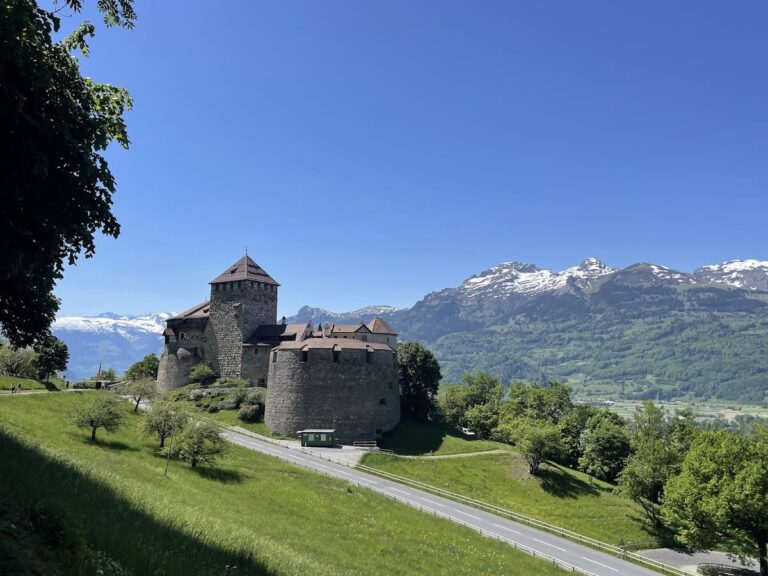Schloss Blatten: A Medieval Castle in Oberriet, Switzerland
Visitor Information
Google Rating: 4.5
Popularity: Low
Google Maps: View on Google Maps
Official Website: www.oberriet.ch
Country: Switzerland
Civilization: Unclassified
Remains: Military
History
Schloss Blatten is located in the municipality of Oberriet in Switzerland. The castle was built during the Middle Ages by a European civilization active in the region, associated with both secular and ecclesiastical authorities.
The earliest recorded connections to the site date back to the late 12th and early 13th centuries, when individuals bearing the names Burkardus de Blattûn in 1170 and Ulricus de Blattenn in 1229 were documented. These early mentions suggest the presence of a local noble family linked to the location before the existing stone castle was constructed.
Around the year 1270, the castle was established by Berchtold von Falkenstein, the abbot of the influential Abbey of St. Gallen. This fortress was intended as a defensive stronghold against the Counts of Montfort-Werdenberg, regional rivals at the time. Shortly thereafter, in 1277, the castle was granted to Ulrich von Ramschwag, following the territory’s assignment in 1278 to Heinrich Walter von Ramschwag. This reward was given in recognition of support rendered to King Rudolf at the Battle on the Marchfeld, a key conflict in Central European history.
During the 15th century, Schloss Blatten experienced political turbulence. The castle and its associated lordship were confiscated temporarily because of their involvement in the regional conflict known as the Appenzeller War. In 1458, Walter Heinrich and Ulrich von Ramschwag sold the estate to Jakob Mangold, a prominent citizen from the nearby city of Konstanz. However, this ownership change was reversed in 1486 when Abbot Ulrich Rösch of St. Gallen repurchased the castle, returning it to ecclesiastical control.
The 17th century brought a phase of renovation when Abbot Pius Reher, reigning between 1637 and 1640, undertook repairs and improvements. Following these efforts, Schloss Blatten functioned as the administrative center for the bailiffs of Kriessern, maintaining this role until the upheavals of 1798.
The castle was destroyed during military actions in 1799 amid the French War. Later, in the early 20th century, around 1911, parts of the ruins were quarried for stone, contributing to the site’s partial degradation. Restoration and preservation initiatives from the mid-20th century onward, led by the canton of St. Gallen, have focused on stabilizing the remaining tower and surrounding structures, ensuring the site’s survival into the present day.
Remains
The site of Schloss Blatten is dominated by a large square tower known as a bergfried, a type of defensive tower common in medieval European castles. Positioned atop a rocky outcrop near the Rhine River, this tower offered a commanding view of the surrounding landscape and served as the principal stronghold of the castle complex.
Constructed of robust stone, the tower’s exterior walls remain largely intact, though its interior no longer contains floors, leaving only the shell standing. Beneath this tower lies a vaulted cellar, a subterranean chamber characterized by its arched stone ceiling, which has survived in good condition. This cellar has been adapted in modern times to support a wooden structure built above it.
Around the tower, the original enclosure walls once formed a protective barrier and included a gatehouse through which access was controlled. These fortifications experienced considerable wear over centuries but underwent restoration efforts in the late 20th century, which included stabilizing the curtain walls and repairing parts of the gate remnants. These conservation measures have preserved the castle’s defensive outline and allowed visitors to appreciate its medieval layout.
Local tradition identifies these ruins as Schloss Blatten, linking the site to its recorded history and reinforcing its importance in regional heritage. The castle’s location on a rocky prominence by the Rhine underscores its strategic function, a factor that shaped its design and placement within the landscape.










